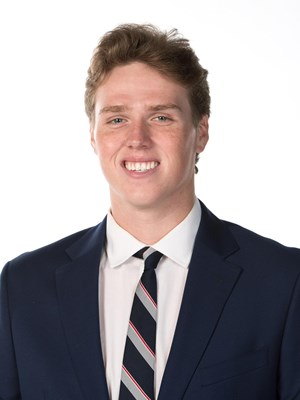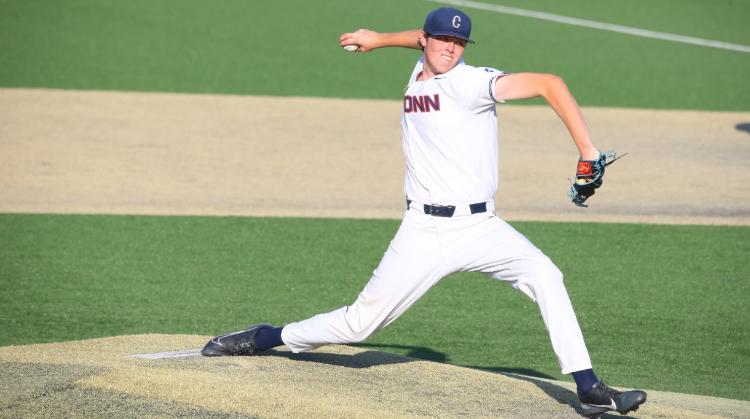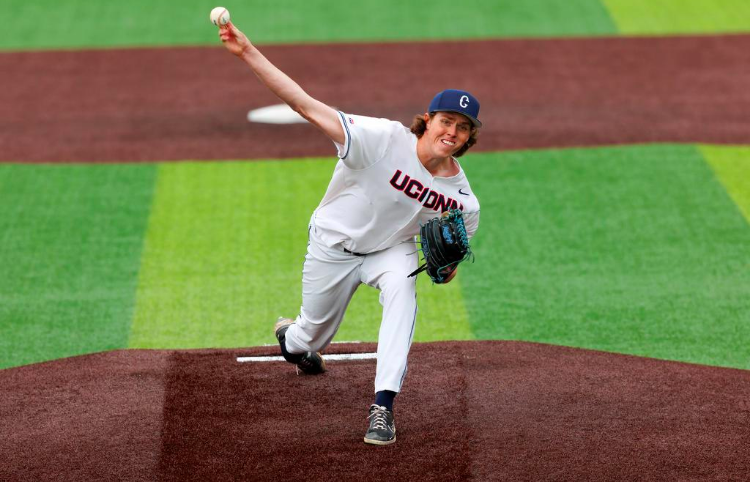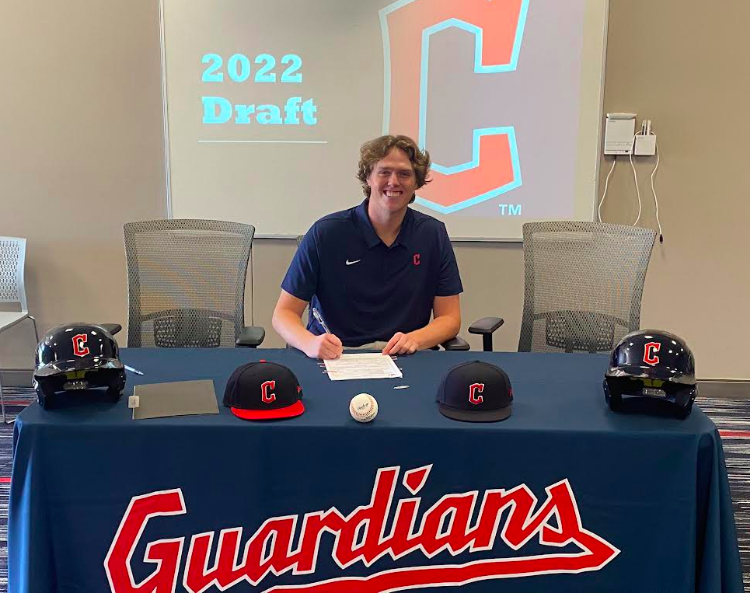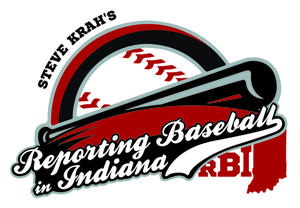
BY STEVE KRAH
NCAA Division II University of Indianapolis — ranked No. 2 in the Midwest/No. 20 in the nation by National Collegiate Baseball Writers Association — close the 2024 regular season in Romeoville, Ill., with a four-game Great Lakes Valley Conference series May 2-4 against Lewis University (one game Thursday, two games Friday, one game Saturday).
Greyhounds head coach Al Ready and pitching coach Adam Cornwell have decided to hand the ball to junior right-hander Diego Cardenas to start today (May 2). First pitch is slated for 2 p.m. Central Time.
Cardenas, a 21-year-old South Bend, Ind., native and Environmental Sustainability major, brings up the same word when describing Ready and Cornwell.
“It’s amazing,” says Cardenas of playing for Ready. “It’s a great experience. It’s a unique way of coaching and a lot of the players get along with it. He’s very brave and confident in his guys.
“He trusts all of his players and that’s pretty sweet.”
Cardenas says Ready, who played at UIndy and is in his 17th season coaching in the program (sixth as head coach), does not go by the book.
“He’s very unorthodox,” says Cardenas of the man who has the Greyhounds at 32-14 overall and 27-5 at the top of the GLVC standings. The team has won 11 straight.
Says Cardenas, “(Cornwell) gives me a lot of confidence by giving me my own space and making corrections when they’re due.
“He lets us be our own person which is great.”
Cardenas has gone from a reliever going into the season to a mid-week starter and then a weekend arm for conference games.
In eight mound appearances (all starts) in 2024, Cardenas is 5-0 with a 2.70 earned run average, 37 strikeouts and 25 walks in 46 2/3 innings. Opponents are hitting .195 against him.
The 5-foot-11, 200-pounder throws from a three-quarter arm angle and uses a two-seam fastball, change-up and slider to get hitters out.
“I get a ton of arm-side run,” says Cardenas of his two seamer which has hit 91 mph and sets at 86 to 89. “Not a lot of vertical (movement), more horizontal.”
A combination of splitter and change-up, he calls that pitch a “splange” and it goes 80 to 83 mph.
“I choke the daylights out of it,” says Cardenas of the grip.
Wedging the ball deep in his hands in a traditional slider grip, the righty makes deliveries at 77 to 80 mph.
Born and raised in South Bend with Larry and Kelly Cardenas as parents and former John Adams High School ballplayers Esai Cardenas and Benicio Cardenas (who also on the team at Marian University’s Ancilla College) as older brothers, Diego played at South Bend East Side Little League as a youngster and travel ball as a teen with the Indiana Nitro.
At Adams, 2021 graduate Diego Cardenas was a middle infielder when not on the mound.
Mike Cass was and still is the Eagles head coach.
“He kept it simple,” says Cardenas of Cass.
Cardenas underwent Ulnar Collateral Ligament reconstruction (Tommy John surgery) and redshirted for the 2022 UIndy season. That summer he played in the College Summer League at Grand Park in Westfield, Ind., for the Turf Monsters.
In his debut season with Indianapolis in 2023, Cardenas got into nine games (all in relief) and went 0-0 with a 9.00 ERA, eight strikeouts and 11 walks in eight innings.
He split his summers between contracts with the Prospect League’s Terre Haute (Ind.) Rex and Northwoods League’s Waterloo (Ind.) Bucks. He has signed to play this summer with the Cal Ripken Sr. Collegiate Baseball League’s Olney (Md.) Cropdusters.
But before that there’s business to attend at UIndy. The eight-team GLVC tournament is May 8-11 in Marion, Ill. After that comes an NCAA D-II Midwest Regional May 16-19 at a campus site and a chance to advance to a Midwest Super Regional May 24-25 at a campus site and then the D-II World Series June 1-8 in Cary, N.C.
“We’re playing loose and confident,” says Cardenas. “We’re playing in a very fun way.”
While he has no real allegiance to an MLB team, Cardenas does have a favorite player.
“I’ve always been a big fan of Marcus Stroman,” says Cardenas of the New York Yankees right-hander. “I love his confidence and his flash.”
Cardenas has two years of remaining eligibility. He expects to take one in 2025 while finishing his undergraduate degree then a graduate year. He says if he had to decide on his concentration now it would be in Management Sciences.
After baseball, he foresees a career in renewable energies, performing research and analytics and hands-in field work.
“I love the outdoors,” says Cardenas. “It’s pretty awesome.”








